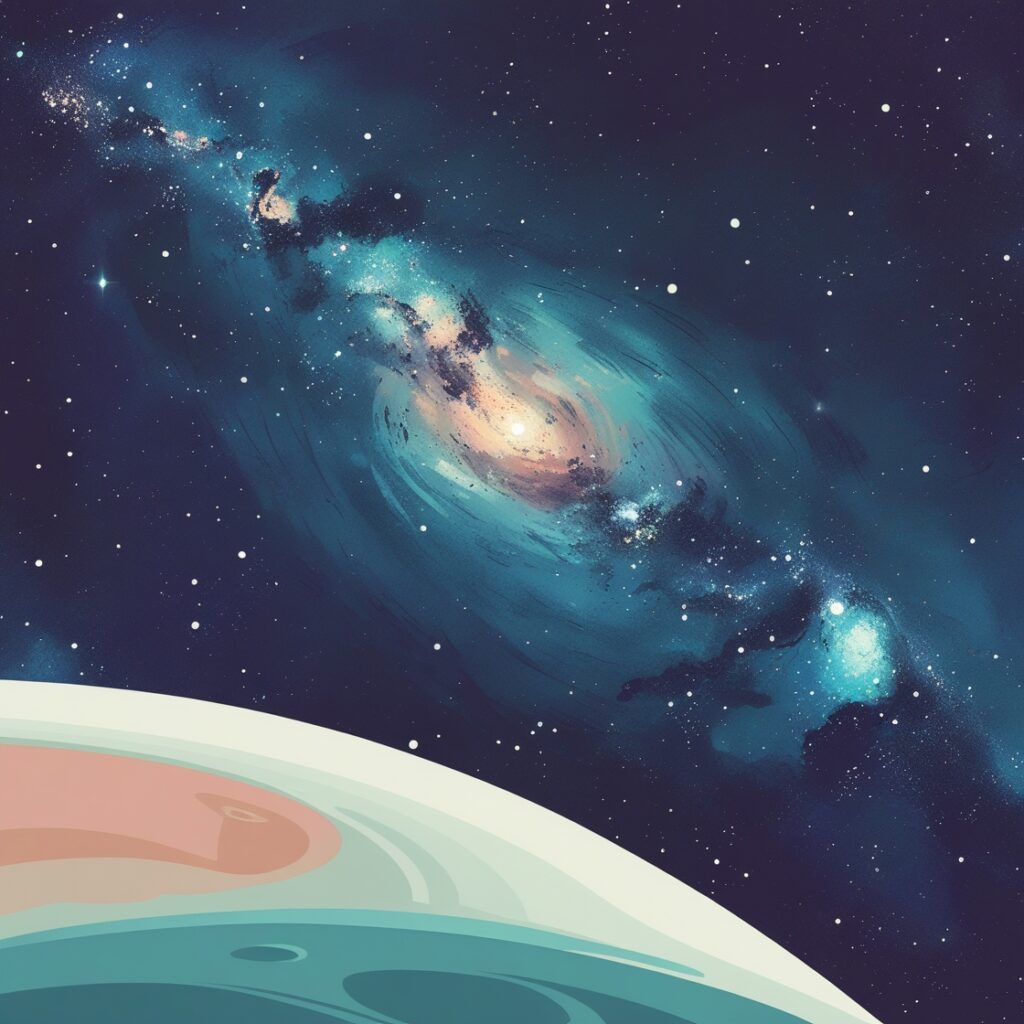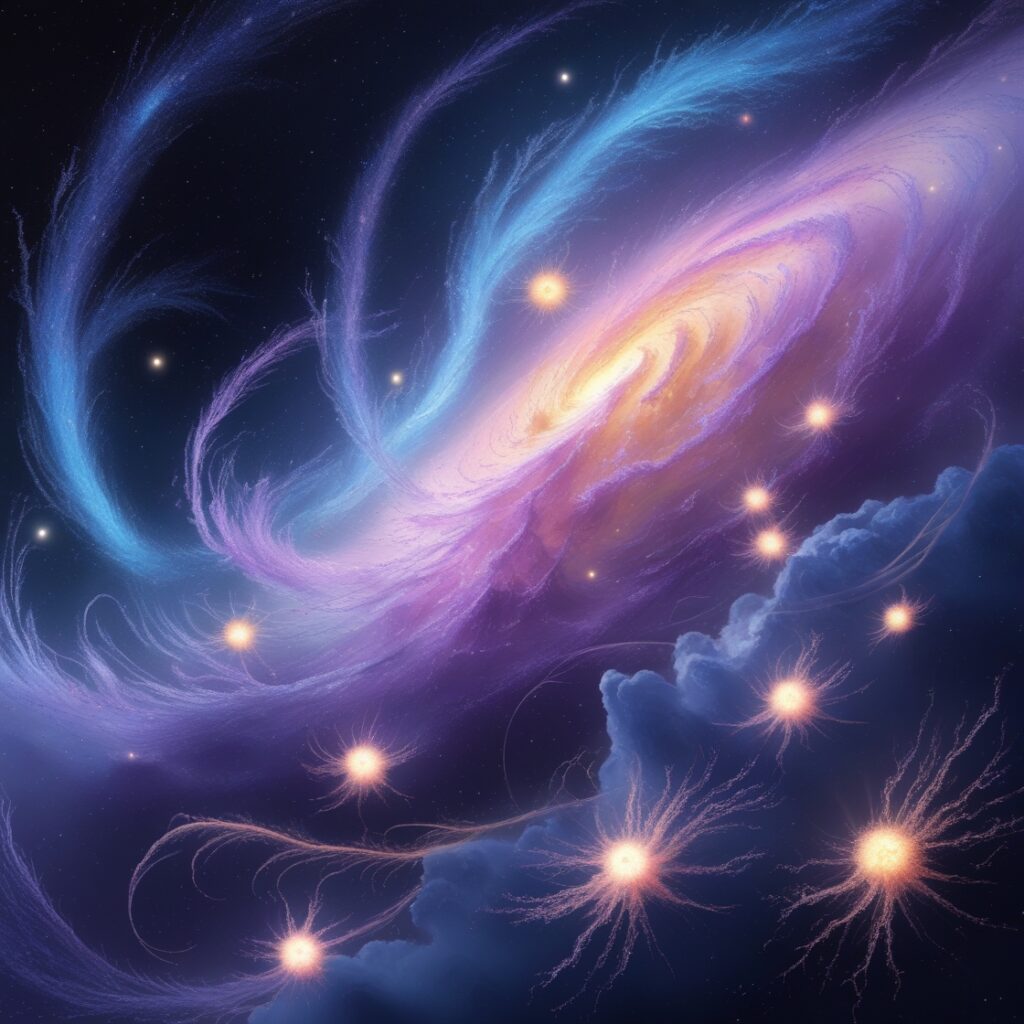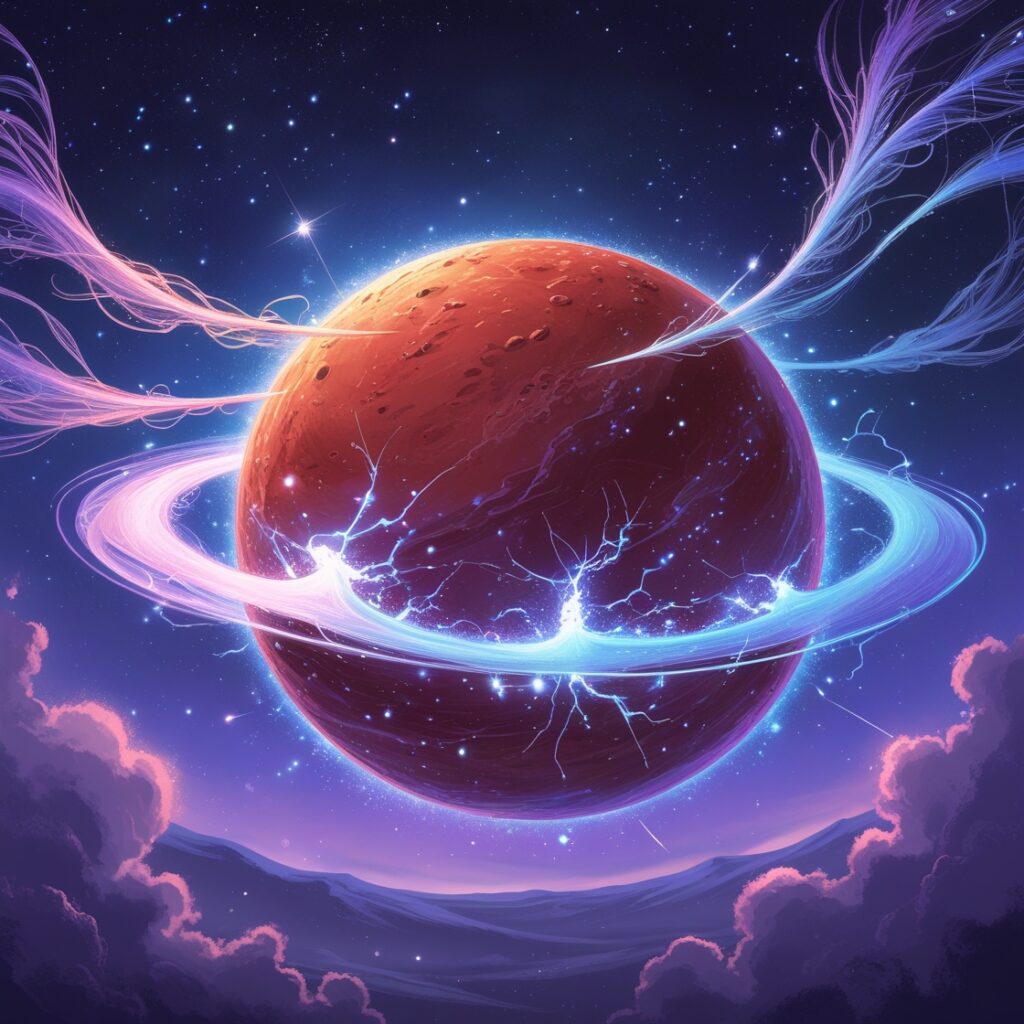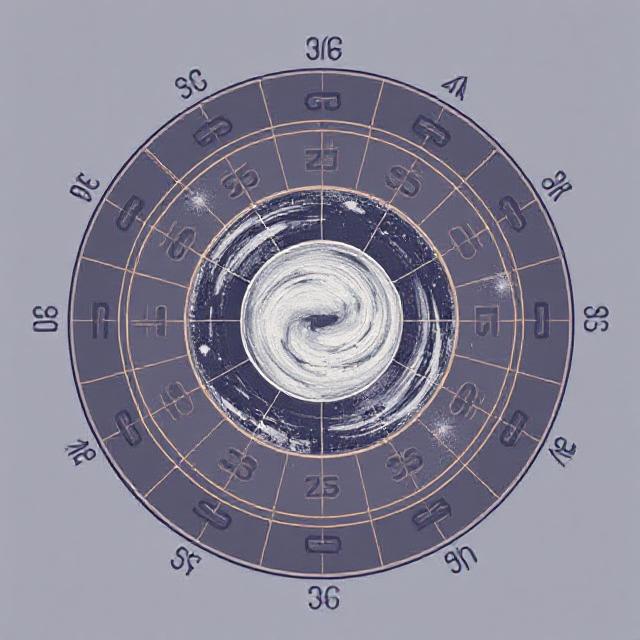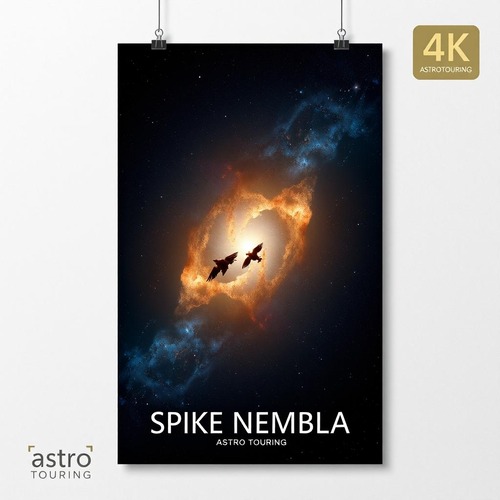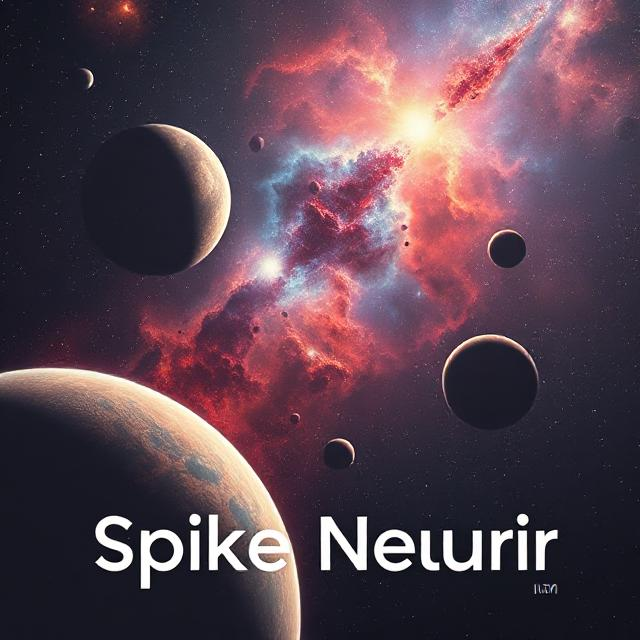Exploring the Turbulent Physics Behind the Twinkling Stars in ‘Starry Night’
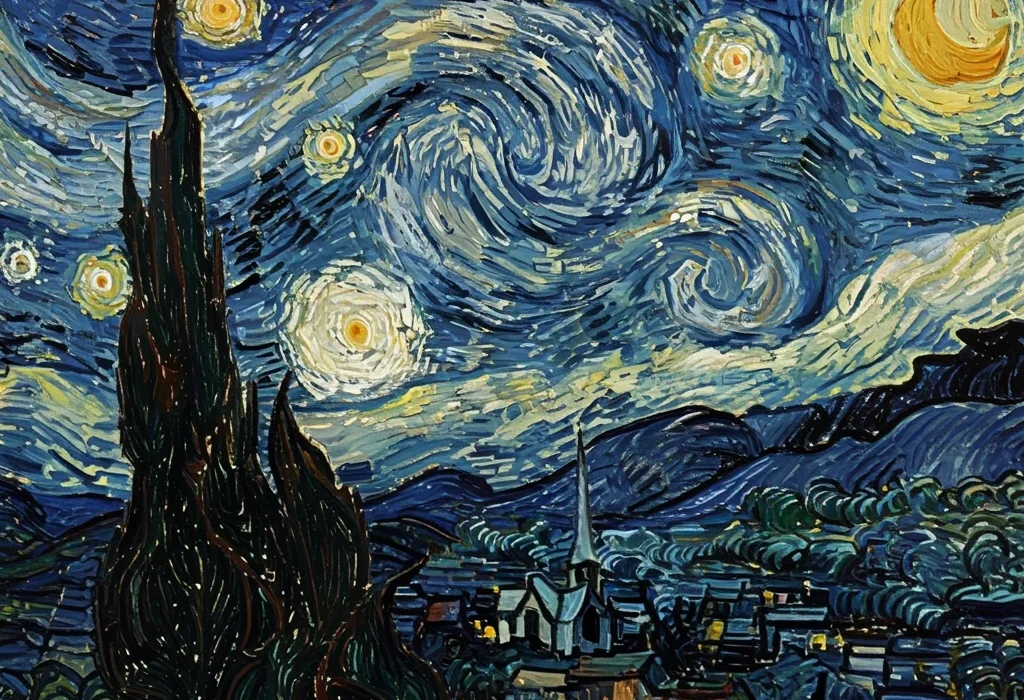

Unveiling Turbulence in Van Gogh’s “The Starry Night”
Long before physicists formulated equations to explain it, Vincent van Gogh’s artwork, The Starry Night, captured the chaotic beauty of turbulence. This iconic painting, created in June 1889, not only enchants viewers but also aligns remarkably with the complex principles of fluid dynamics that emerged decades later.
Nature’s Chaotic Dance
Turbulence manifests in numerous forms across the natural world, from the spirals of hurricanes to the swirling storms on Jupiter. Even in the dark recesses of molecular clouds, turbulence plays a pivotal role in star formation. Despite extensive research, scientists have struggled to encapsulate the full scope of turbulence with a singular theory. As Richard Feynman famously noted, it remains “the most important unsolved problem of classical physics.”
A Scientific Revelation
Recent findings published in the journal Physics of Fluids shed new light on van Gogh’s artistic brilliance. Researchers suggest that The Starry Night embodies intricate patterns of turbulence that resonate with the laws of physics established 52 years after the painting’s inception. Yongxiang Huang, a co-author of the study from Xiamen University in China, asserts, “Our findings settle the ongoing debate about whether the dynamic sky in this renowned painting is reflective of true physical phenomena.”
Van Gogh’s Perception of Turbulence
Despite its current acclaim, van Gogh viewed The Starry Night as a failure, opting not to send it to his brother Theo for sale. Today, it stands as a monumental work of Western art, celebrated for its vibrant portrayal of swirling skies and luminous celestial bodies.
The Technique of Broken Color
Van Gogh utilized a technique known as “broken color,” where contrasting hues are placed side-by-side to create a dynamic, pulsating effect. This approach enhances the sense of movement and flow within the painting, mirroring the turbulence observed in nature.
The Turbulent Legacy of Kolmogorov
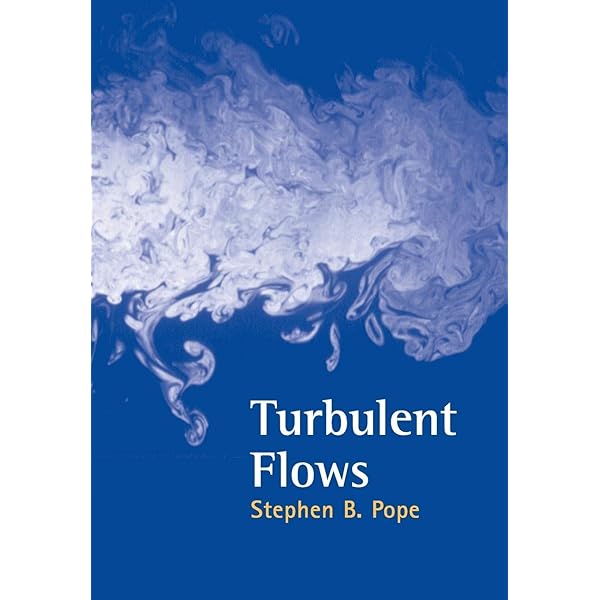

It wasn’t until the mid-20th century that physicist Andrey Kolmogorov introduced equations to describe turbulence. He noted how energy cascades from larger to smaller eddies, an observable phenomenon in nature. For instance, the Great Red Spot on Jupiter appears as a massive swirl but reveals intricate smaller eddies upon closer examination—an embodiment of Kolmogorov’s theories.
Analyzing the Swirls of The Starry Night
In their research, Huang and his team focused on the painting’s 14 significant swirls, masking the remaining sky to analyze variations in brightness. Their results indicated that these eddies adhered closely to Kolmogorov’s predicted power law, with an exponent remarkably close to –5/3.
The Interplay of Art and Science
The researchers emphasized that the eddy-like formations in van Gogh’s work reflect real turbulent flows, showcasing a rare intersection of artistic expression and scientific accuracy.
The Art of Turbulence


Throughout history, artists have depicted turbulence, yet many works—including those by Leonardo da Vinci and Edvard Munch—fail to align with Kolmogorov’s scaling laws. However, van Gogh’s The Starry Night stands apart, exemplifying both Kolmogorov and Batchelor’s scaling relations.
Batchelor’s Contribution to Understanding Turbulence
The study revealed that on smaller scales, akin to the width of a brushstroke, The Starry Night corresponds with Batchelor’s scaling, which describes fluid mixing. This finding connects the physical properties of turbulence with the artist’s technique, suggesting that the paint’s application mimics turbulent behavior.
Inspiration for Future Research
Huang notes that observing both Kolmogorov and Batchelor scaling simultaneously in a painting could pave the way for innovative experimental approaches in fluid dynamics research. The ability to visualize these principles through art opens new avenues for understanding the complexities of turbulence.
In conclusion, Van Gogh’s The Starry Night is not merely a visual feast but a profound representation of the physics of turbulence. This fusion of artistry and scientific inquiry illustrates how creativity can illuminate our understanding of the natural world, reminding us that art and science are deeply intertwined.



